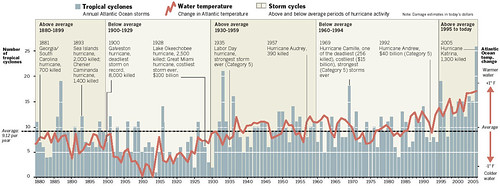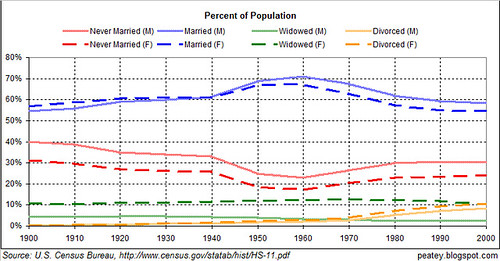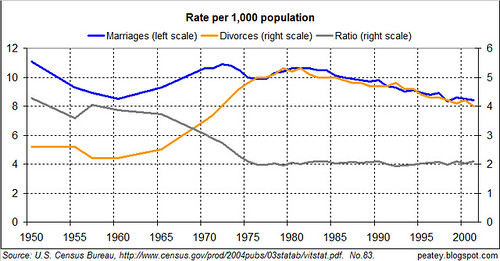Cary, N.C.: Why does not the media makes very clear to us that the Iranians are allowed to do what they are doing. So the mere suspicion message is published in such a way that the public tends to think the Iranians are building a nuclear bomb. Should not the media (and The Post) make it bold faced that the Iranians are allowed to enrich uranium for energy related use? Thank you.I may be nitpicking, but the wording of her article surely gives the wrong impression that the IAEA slammed Iran:Dafna Linzer: We haven't reported that the Iranians are building a bomb - we've reported that the administration says the Iranians are building a bomb. U.N. inspectors have no proof of that, but they also aren't getting full cooperation. We also report that Iran says it has no interest in building a bomb. A (sic) urge readers to take careful looks at the stories and the language that all players are using on this issue.
In response to the report today, for example, John Bolton, the U.S. ambassador to the United Nations said:
"I think if anything the IAEA report shows that Iran has accelerated its efforts to acquire nuclear weapons," but he then added: "although the report doesn't make any conclsusion in that regard."
The IAEA will include these findings, sources said, in what they characterized as a brief and highly negative report to be delivered today, the end of a 30-day deadline the Security Council set for Iran to stop enriching uranium until inspectors are confident the program is exclusively peaceful. (emphasis added)Notice that "they" refer to the "sources," not the IAEA. Who are these sources? My guess is from the previous paragraph:
It remains unclear whether Iran managed to enrich a small quantity of uranium to a level of 3.5 percent, as President Mahmoud Ahmadinejad announced April 11. That level would suffice for nuclear energy but is far too low for a weapons program, which the Bush administration contends Iran is clandestinely developing. (emphasis added)Remember, the administration "had proof" on Iraqi WMDs. If the administration doesn't even try to "prove" Iranian nukes, I remain highly skeptical on the real proof of an imminent Iranian nuke threat. Professor Juan Cole is skeptical too. Read the IAEA report for yourself and draw your own conclusion.
With the IAEA report, we draw one step closer to "Operation Iranian Freedom." Reuters says Iran just offered to address the report's concerns (except for continuing the enrichment) if the UNSC drops the case back to IAEA. I'm skeptical that the administration will take Iran's offer.






